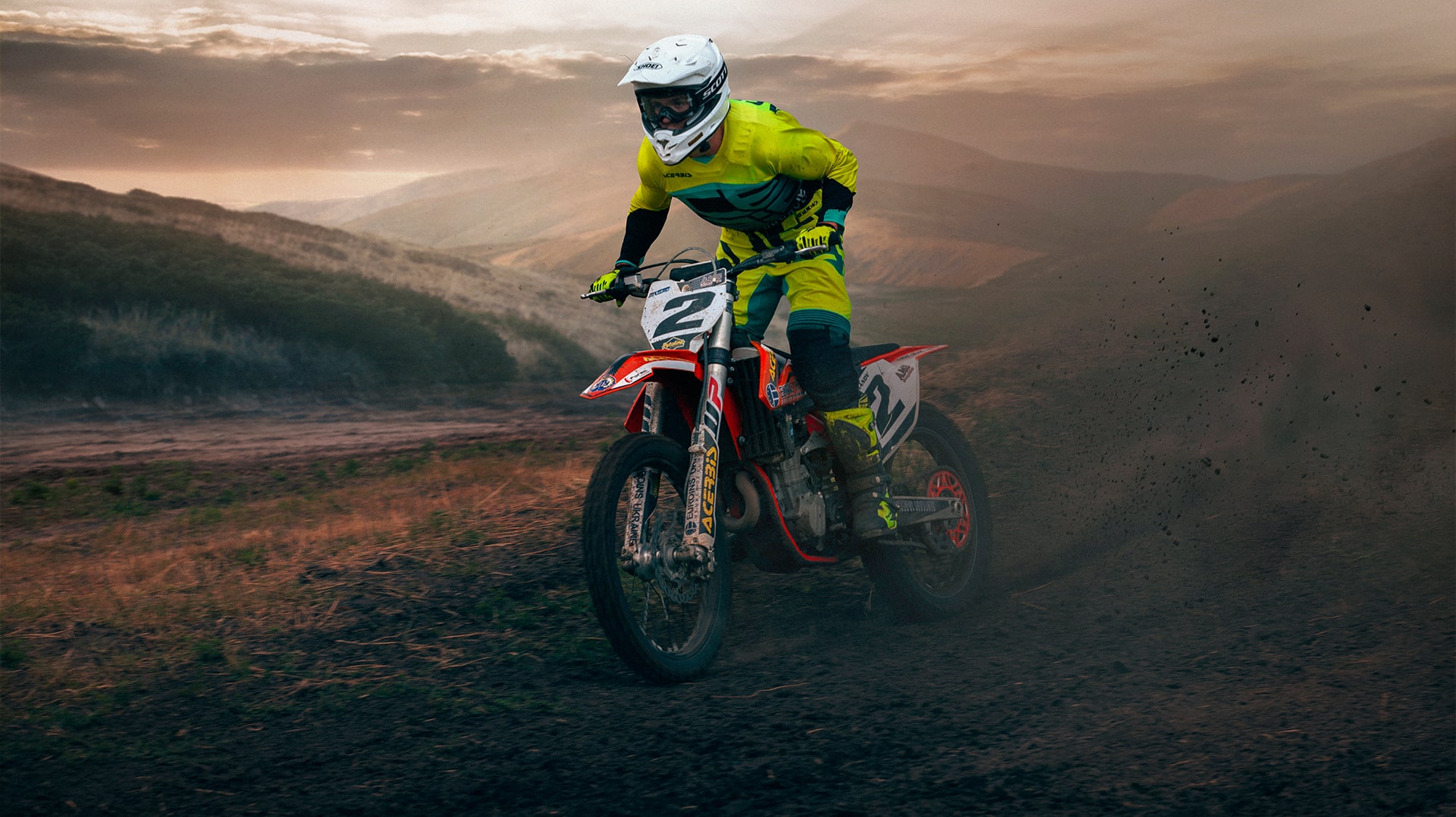So, you’re thinking about riding dirt bikes on the streets in California, huh? Well, let me tell you, it’s not as simple as just hopping on your bike and cruising down the highway. There are rules, regulations, and a whole lot of red tape to navigate. But don’t worry, we’ve got you covered. In this article, we’ll break down everything you need to know about making your dirt bike street legal in California. Trust me, by the time you finish reading this, you’ll be ready to hit the road with confidence.
California is a state that loves its bikes—motorcycles, dirt bikes, you name it. But when it comes to riding dirt bikes on public roads, things can get a little tricky. You see, dirt bikes are designed for off-road adventures, but with the right modifications and paperwork, you can make them street legal. It’s not impossible, but it does take some effort.
Now, before you start thinking about ripping through city streets on your dirt bike, let’s talk about why this guide matters. Whether you’re a seasoned rider or a newbie, understanding the laws and requirements will save you from fines, headaches, and possibly even impounding your bike. So buckle up, and let’s dive into the world of dirt bikes street legal in California.
Read also:Goku Meme The Ultimate Guide To Understanding Its Popularity And Cultural Impact
Understanding Dirt Bikes Street Legal in California
What Does "Street Legal" Mean Anyway?
Alright, first things first—what does it mean for a dirt bike to be street legal? Simply put, it means your bike meets all the safety and regulatory standards set by the state of California. This includes having the right equipment, passing emissions tests, and registering your bike properly. It’s not just about slapping on a license plate and calling it a day.
For example, your dirt bike needs to have working headlights, taillights, mirrors, and brakes that meet specific standards. Plus, there are noise restrictions you need to follow. California doesn’t mess around when it comes to public safety, so make sure your bike is up to code.
Why California is Strict About Dirt Bikes
California has some of the toughest regulations when it comes to dirt bikes on public roads. The reason? Safety. Dirt bikes are powerful machines, and without the proper modifications, they can be dangerous on city streets. Plus, there’s the issue of noise pollution. Imagine trying to enjoy a peaceful Sunday morning only to hear a loud dirt bike roaring down your street. Not exactly ideal, right?
So, the state has put in place strict guidelines to ensure that only bikes that are safe and environmentally friendly can hit the roads. It might seem like a hassle, but trust me, it’s for the greater good.
Key Requirements for Making Your Dirt Bike Street Legal
1. Registration and Titling
One of the first steps in making your dirt bike street legal is registering it with the DMV. You’ll need to provide proof of ownership, which usually means showing the title of the bike. If you bought the bike used, make sure the previous owner transferred the title properly. Once you’ve got that sorted, you can register your bike and get a license plate.
Here’s a quick tip: keep all your paperwork in order. You’d be surprised how often people get pulled over because they forgot to update their registration or lost their title. Don’t let that be you!
Read also:Wildlife World Zoo Tickets Your Ultimate Guide To An Unforgettable Adventure
2. Safety Equipment
Now, let’s talk about the safety equipment your dirt bike needs to have. First up, you’ll need a headlight that meets DOT standards. This means it needs to be bright enough to be seen during the day and not blind other drivers at night. You’ll also need a taillight, brake light, and rear reflector.
Don’t forget about mirrors! California law requires that your bike has at least one rearview mirror. And let’s not forget the brakes. Your bike needs to have both front and rear brakes that work efficiently. If any of these components are missing or malfunctioning, you won’t pass inspection.
Environmental Regulations
3. Emissions Testing
California is known for its strict environmental laws, and dirt bikes are no exception. Before you can ride your bike on public roads, it needs to pass an emissions test. This ensures that your bike isn’t spewing out harmful pollutants into the air. The test checks for carbon monoxide, hydrocarbons, and nitrogen oxides.
To pass the emissions test, you might need to upgrade your exhaust system or install a catalytic converter. It’s an extra expense, but it’s worth it if you want to ride legally. Plus, you’ll be doing your part to keep the air clean.
4. Noise Restrictions
Let’s talk about noise for a second. California has strict noise restrictions for motorcycles, and dirt bikes are no exception. Your exhaust system needs to be equipped with a muffler that reduces noise to an acceptable level. The state uses a decibel meter to measure the noise output of your bike.
If your bike is too loud, you won’t pass inspection. So, if you’ve got a tricked-out exhaust system that sounds like a jet engine, you might need to make some adjustments. Trust me, it’s better to be safe than sorry.
Biography of a Dirt Bike Rider
Meet John Doe: A Dirt Bike Enthusiast
Now, let’s take a moment to meet John Doe, a passionate dirt bike rider from Southern California. John has been riding dirt bikes since he was a kid, and he’s a wealth of knowledge when it comes to making bikes street legal. Below is a quick overview of John’s biking journey.
| Name | John Doe |
|---|---|
| Age | 35 |
| Location | Los Angeles, CA |
| Years of Experience | 20+ |
| Favorite Bike | Kawasaki KX450 |
Modifications for Street Legal Dirt Bikes
5. Installing the Right Tires
When it comes to riding on public roads, your tires need to be street-friendly. This means swapping out those knobby off-road tires for something with a smoother tread. Street tires provide better traction on paved surfaces and help prevent accidents.
Pro tip: Look for tires that are DOT-approved. This ensures they meet the necessary safety standards. And don’t forget to check the tire pressure regularly. Underinflated tires can lead to poor handling and even blowouts.
6. Upgrading the Suspension
Dirt bikes are built for rugged terrain, but city streets are a different story. To make your ride smoother, you might need to upgrade your suspension. This can help absorb the bumps and potholes you’ll encounter on the road.
While this isn’t a mandatory modification, it can make a big difference in your riding experience. Plus, it’ll make your bike more comfortable for longer rides.
Legal Considerations
7. Understanding Local Laws
California has statewide laws regarding dirt bikes, but local municipalities can have their own rules as well. For example, some cities might have curfews for when you can ride your bike. Others might have specific routes where dirt bikes are allowed.
Do your research and make sure you understand the laws in your area. Ignorance is not an excuse, and you could end up with a hefty fine if you’re caught breaking the rules.
8. Insurance Requirements
Let’s talk about insurance. In California, it’s mandatory to have liability insurance if you’re riding a street-legal dirt bike. This protects you and others in case of an accident. Make sure your policy covers both bodily injury and property damage.
Here’s a pro tip: shop around for insurance quotes. Prices can vary significantly depending on the provider, so don’t settle for the first offer you get. And don’t forget to read the fine print. You don’t want any unpleasant surprises if you ever need to file a claim.
Practical Tips for Riders
9. Maintaining Your Bike
Now that you’ve made your dirt bike street legal, it’s important to keep it in top condition. Regular maintenance can prevent costly repairs and ensure your bike runs smoothly. Here are a few things to keep in mind:
- Check your oil levels regularly
- Inspect your brakes and tires before every ride
- Clean your bike after each ride to prevent rust and corrosion
- Follow the manufacturer’s recommended maintenance schedule
10. Staying Safe on the Road
Safety should always be your top priority when riding a dirt bike on public roads. Here are a few tips to help you stay safe:
- Wear a helmet and protective gear at all times
- Follow the speed limit and obey traffic laws
- Be aware of your surroundings and watch out for other vehicles
- Take a motorcycle safety course to improve your skills
Conclusion
So, there you have it—everything you need to know about making your dirt bike street legal in California. It’s not the easiest process, but with a little effort and the right modifications, you can enjoy the thrill of riding on public roads. Remember, safety should always come first, so make sure your bike meets all the necessary requirements.
Now, it’s your turn. Are you ready to hit the streets with your dirt bike? Let us know in the comments below. And don’t forget to share this article with your fellow riders. The more people know about the rules and regulations, the safer our roads will be.
Table of Contents
- Understanding Dirt Bikes Street Legal in California
- Key Requirements for Making Your Dirt Bike Street Legal
- Environmental Regulations
- Biography of a Dirt Bike Rider
- Modifications for Street Legal Dirt Bikes
- Legal Considerations
- Practical Tips for Riders
- Conclusion


